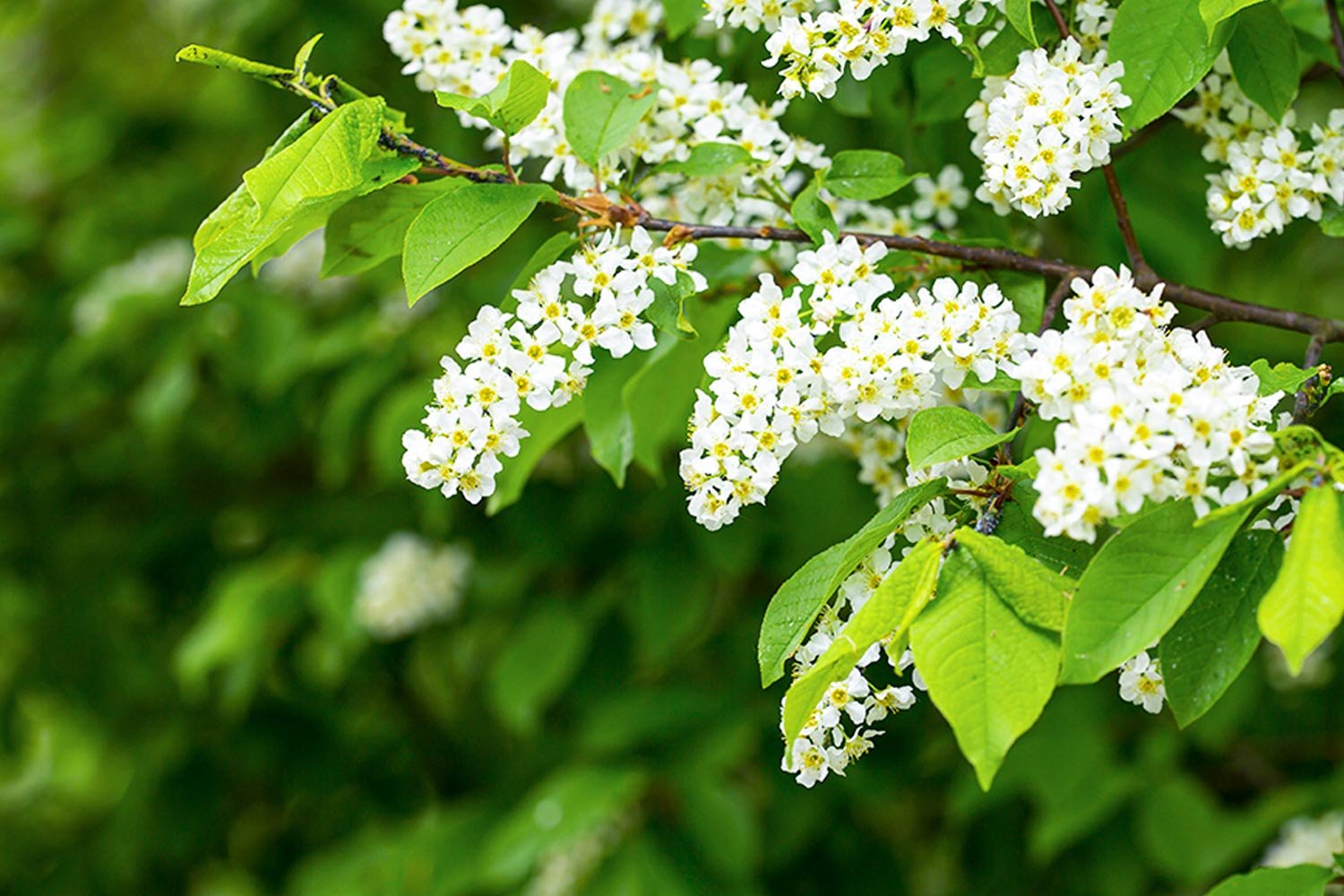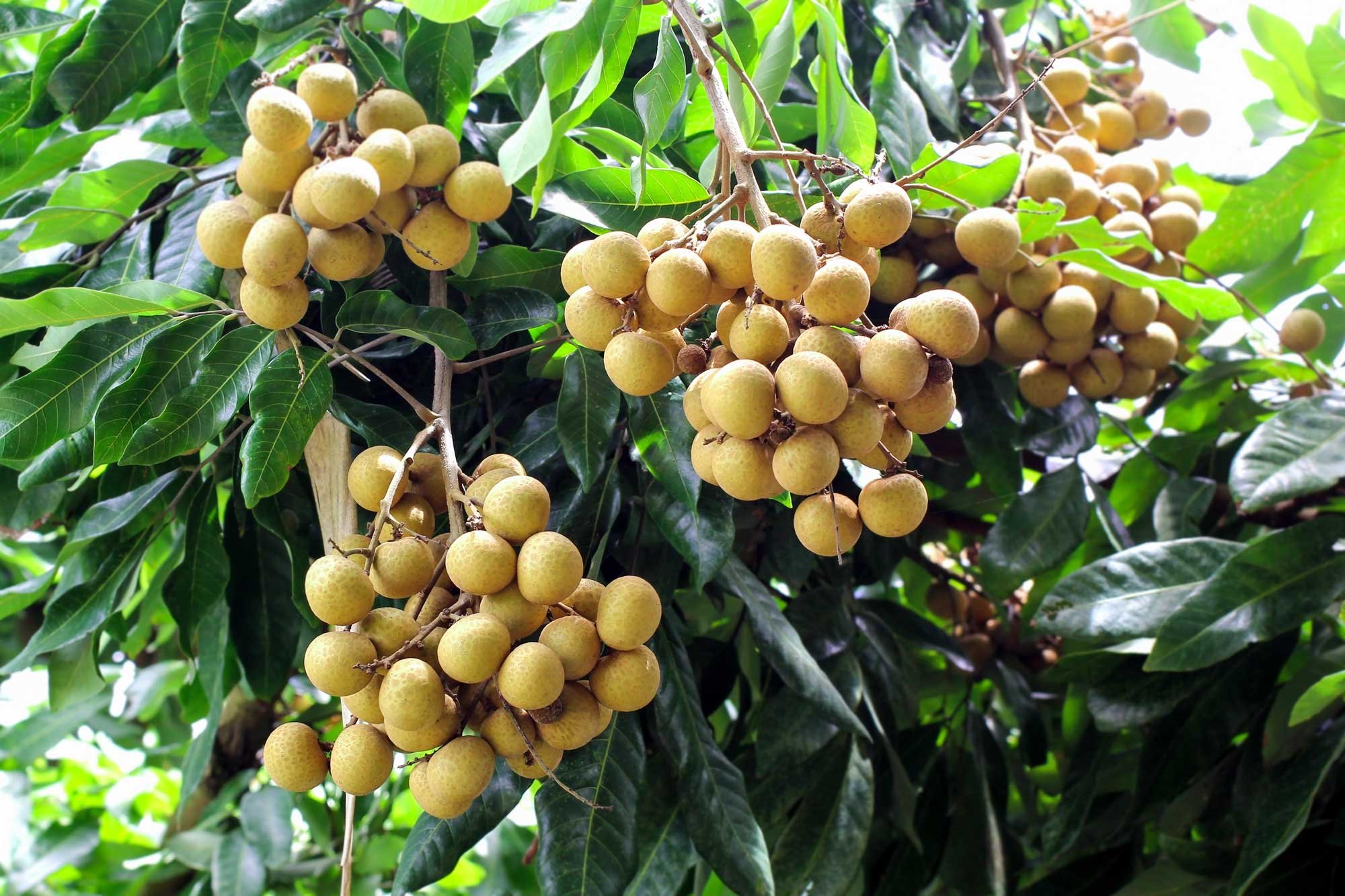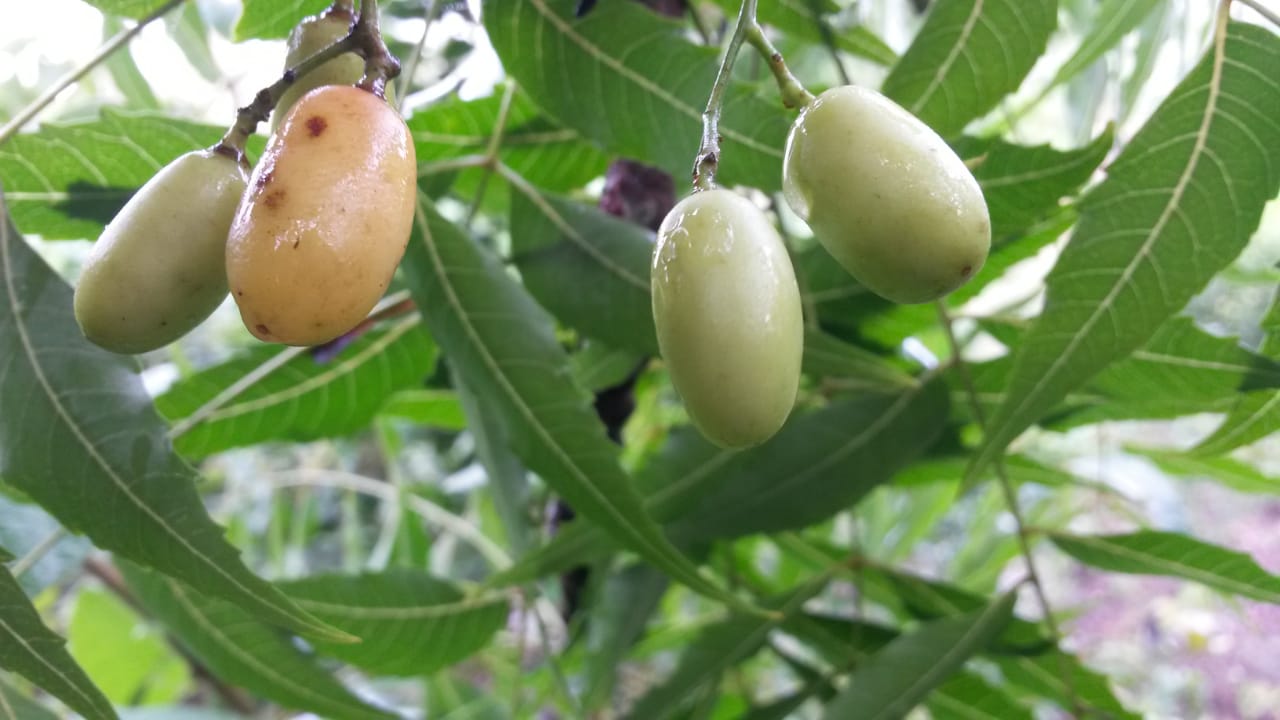3 strange tree species we will plant in 2024
Jan 17, 2024 | written by: Lara Zambonelli
Welcome back to our world! Also in 2024, we will be committed to promoting environmental sustainability and the well-being of local communities. In this article, we will explore three surprising protagonists of our commitment: the Longan, African Cherry, and Neem.
We are a B Corp passionate about sustainability and obsessed with trees, but our work goes far beyond planting a seed in the ground.

Lenana Alais Momoi, founder of Matonyok, a Tanzanian NGO that Treedom has worked with for more than 10 years
Behind every tree we choose to plant is a meticulous forestry plan, developed in collaboration with experts from local NGOs. These organizations, being rooted in the communities, fully understand the needs of the land and its inhabitants. In addition to contributing to CO₂ absorption, these trees are also selected for their edible and nutritious fruits, providing a tangible benefit to the farmers who care for them over time. Some of these species also boast medicinal properties that can improve people's health and well-being.
Ciliegio Africano

The inflorescence of the African Cherry tree is spectacular and much appreciated by bees
Prunus africana, from its Latin name, is not only a beautiful tree. Its bark has incredible medicinal properties, particularly for the treatment of prostate diseases, which are very common among older men in Europe and North America. A victim of its success, destructive harvesting of its bark for medicinal purposes has caused the death of numerous plants, rightfully placing this bountiful species on the IUCN Red List of Threatened Species. Today it is classified as "Vulnerable." This global list assesses the conservation status of animal, fungal and plant species. Divided into nine categories, ranging from Not Assessed to Extinct, it is based on information regarding area, population size, habitat, current threats and actions taken to reduce them. Protecting biodiversity is critical to the survival of the species and natural resources on which we all depend.
Longan

Longan fruits have a yellowish skin that encloses a pulp rich in vitamin C
Longan fruits are a sight for the eyes and the palate. With their whitish, translucent flesh and black seed in the center, they resemble the mythical eyes of a dragon, so much so that in some parts of the world that is what they are called. Eating fresh longan is a real treat, but there are also many other ways to eat it. It can be dried to keep it longer, or it can be used to make syrups or soups. In addition, the Longan seed is rich in saponin, a natural phytochemical that, when mixed with water, creates a thick, creamy lather used as a natural soap.
Neem - natural insecticide

Similar to olives, a valuable oil with a thousand properties is made from the Neem fruit
This portentous tree also works as an insect repellent! A traditional agricultural practice involves the production of "neem tea." The seeds are dried, crushed and soaked in water overnight to produce a liquid that can be applied directly to crops. These homemade remedies are very effective in repelling pests, because they modify their behavior by making them "pass the appetite," and inhibiting reproduction. So the extracts work particularly well to protect crops, but without killing pollinating insects such as bees and butterflies.
When we decide which species to plant in our projects, we do so by also taking in requests that come from the farmer communities involved. If you have made it this far, you will have understood why these three species are especially valued by the farmers and women who care for them!

